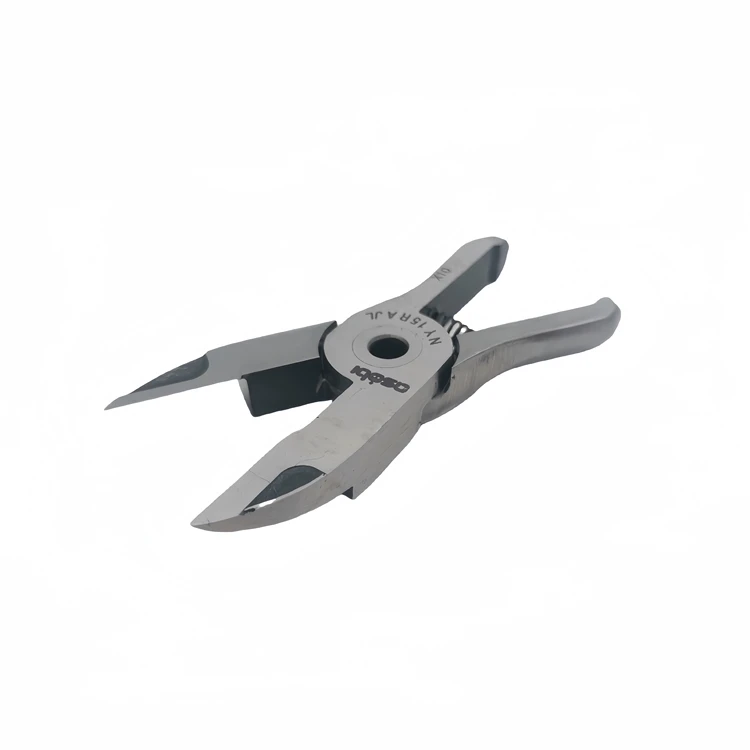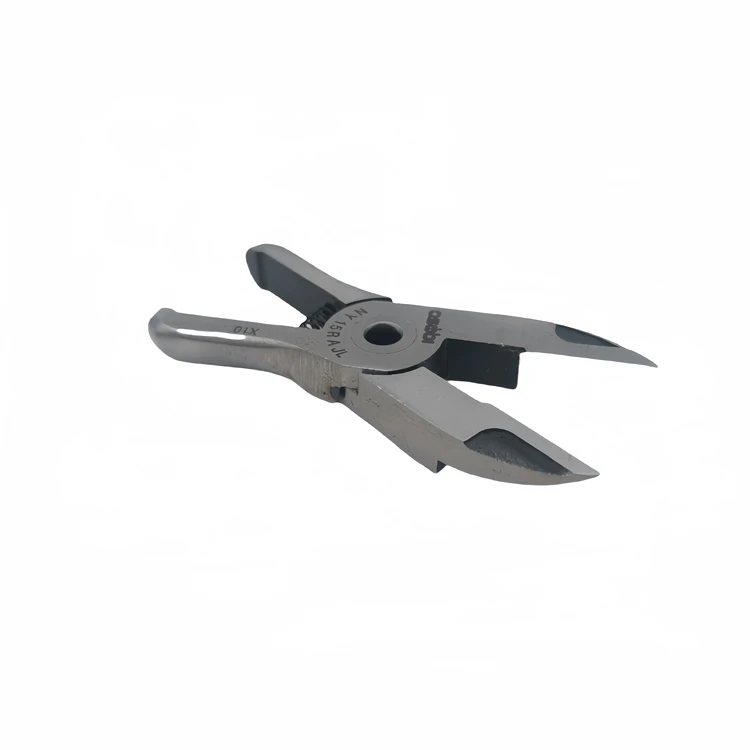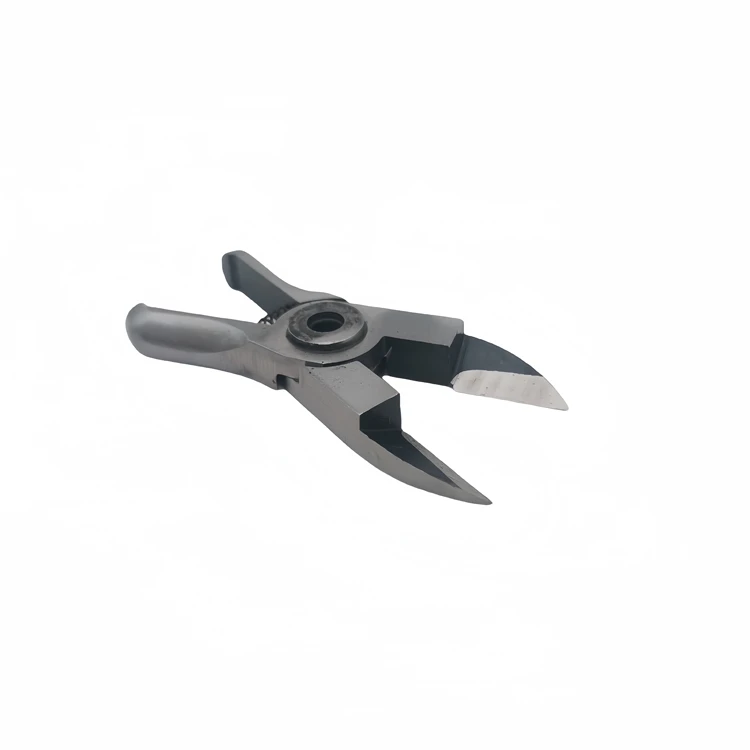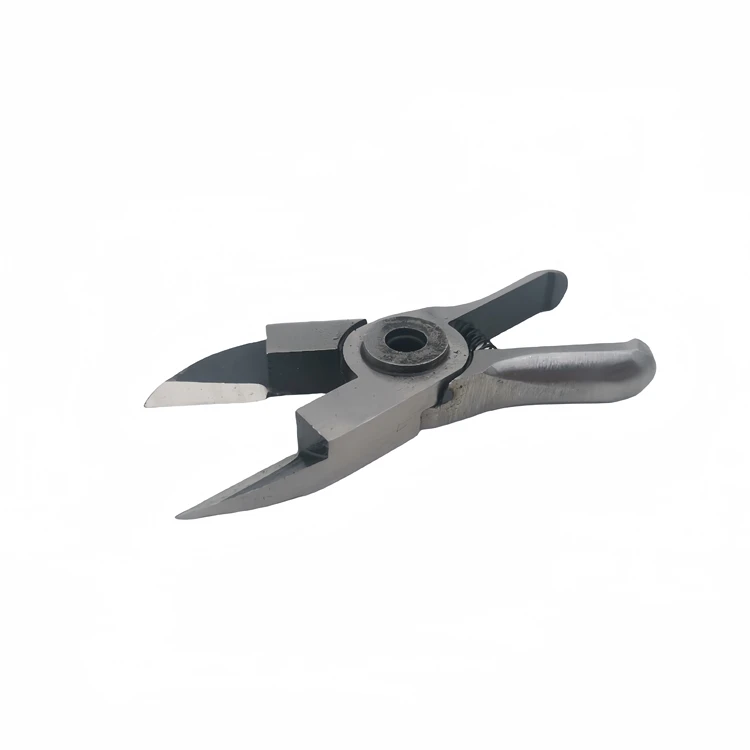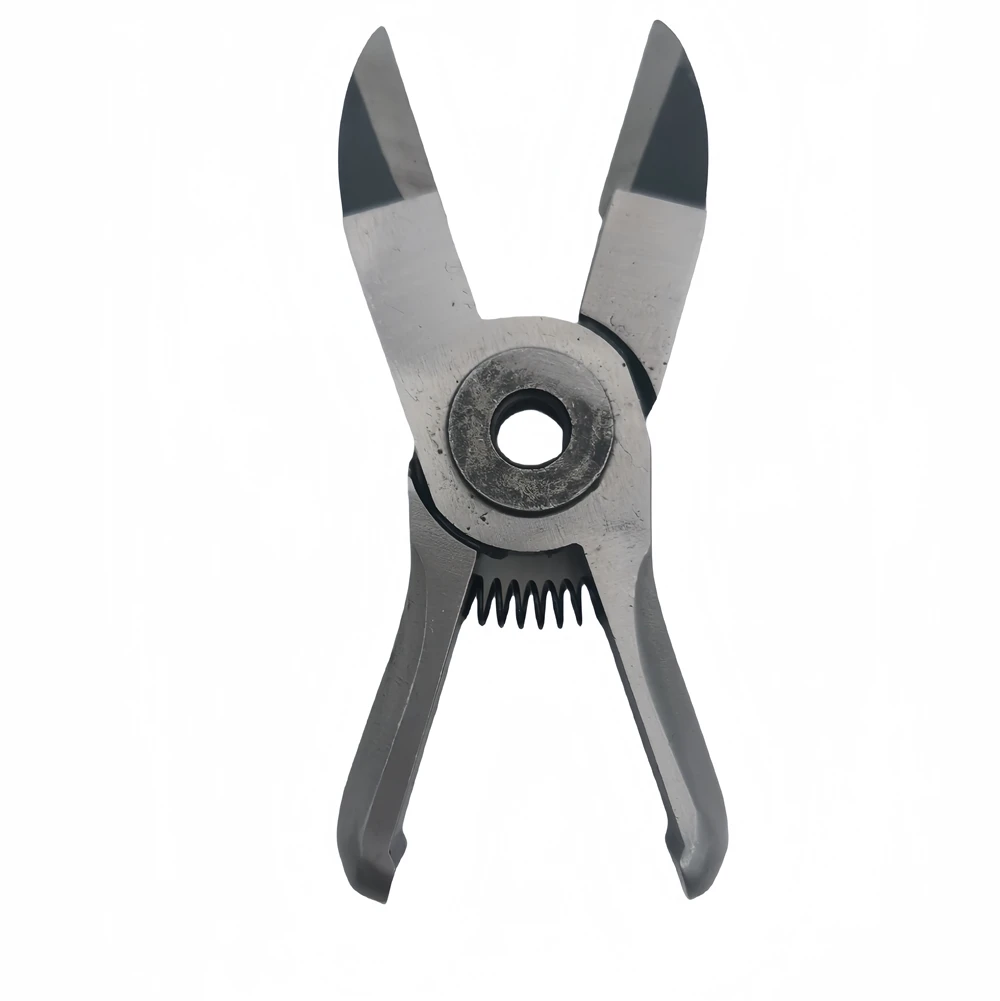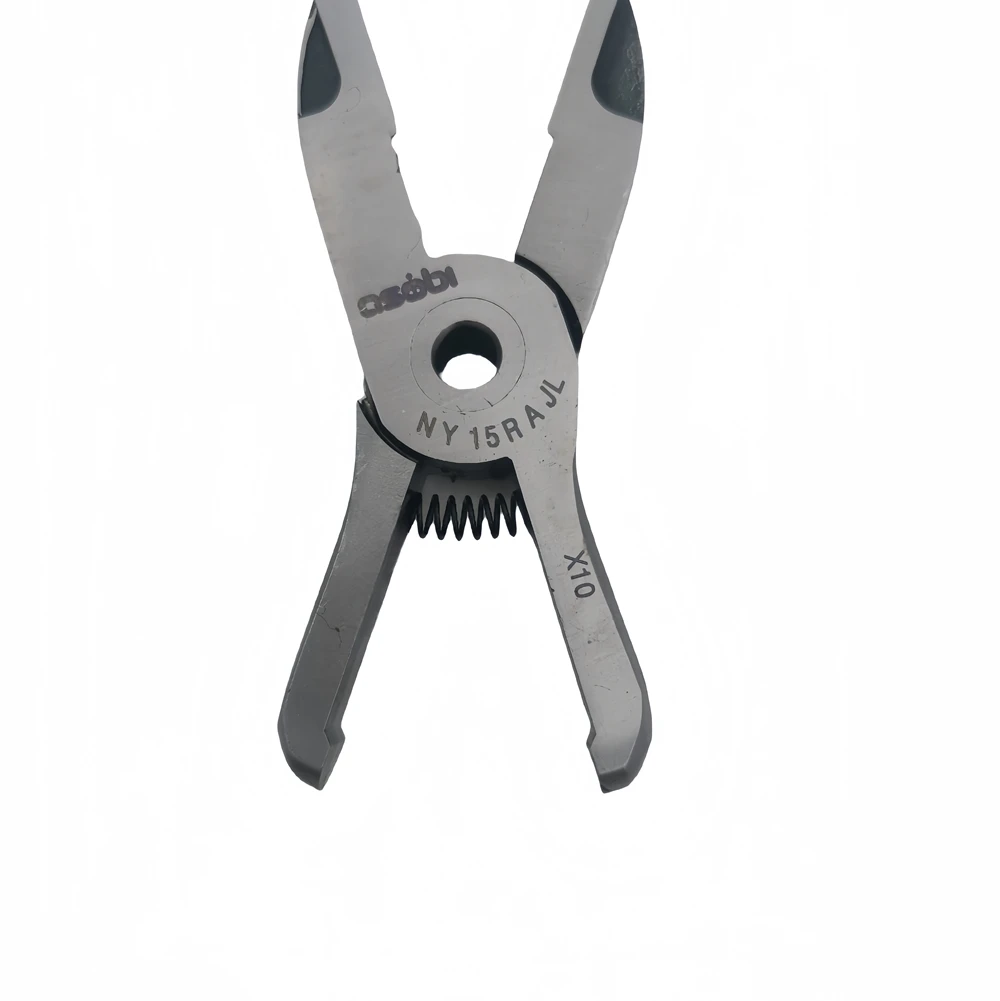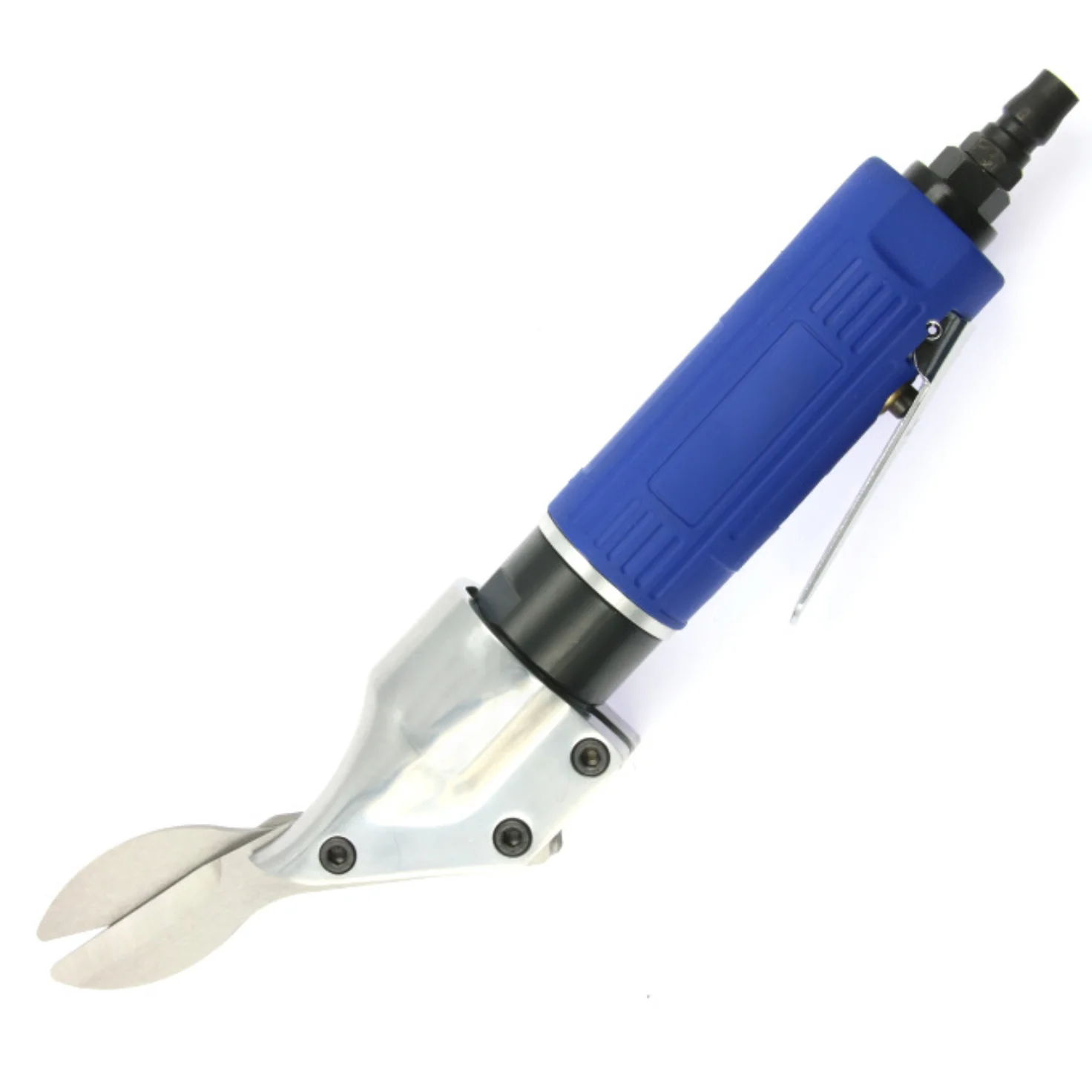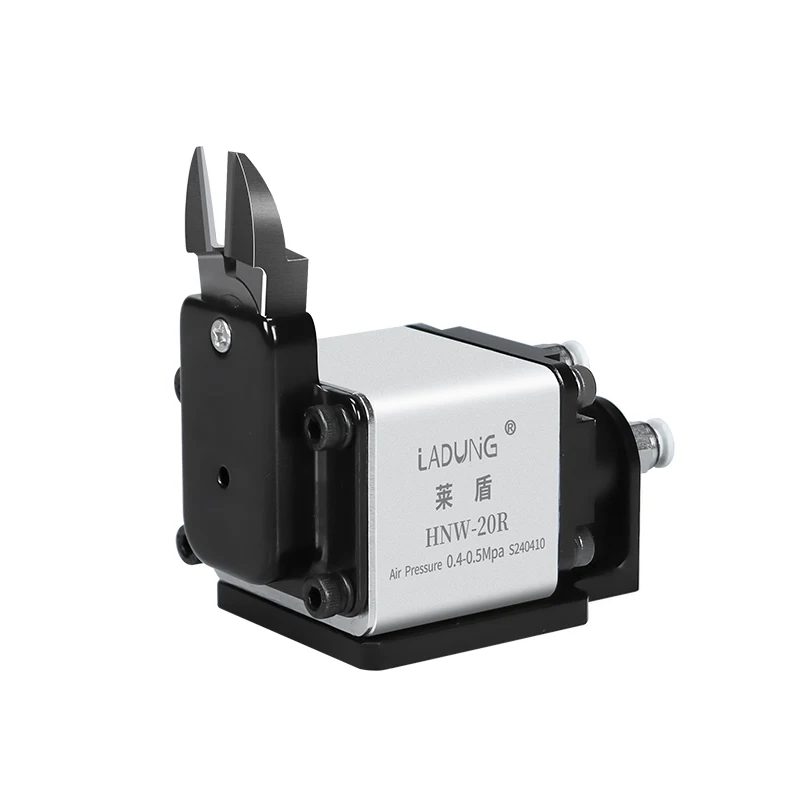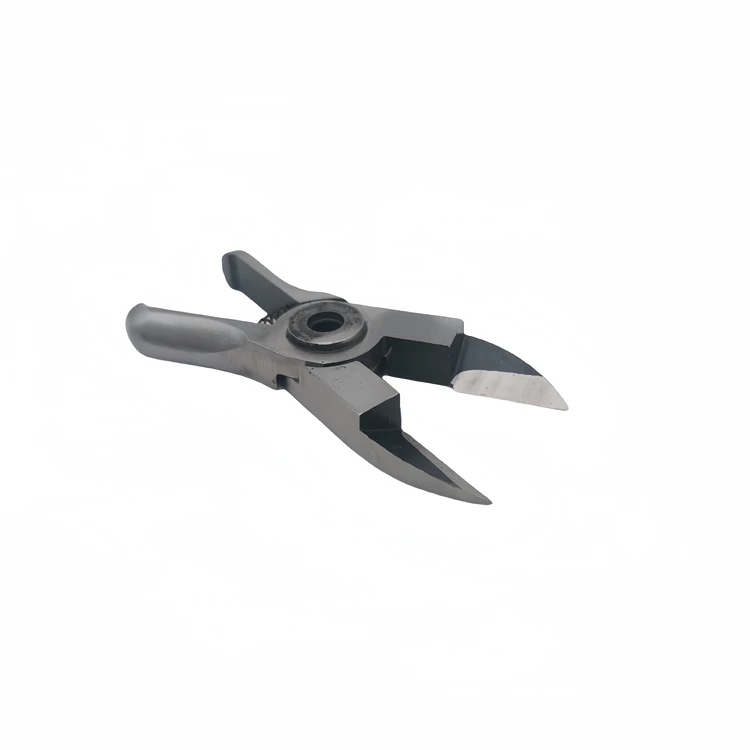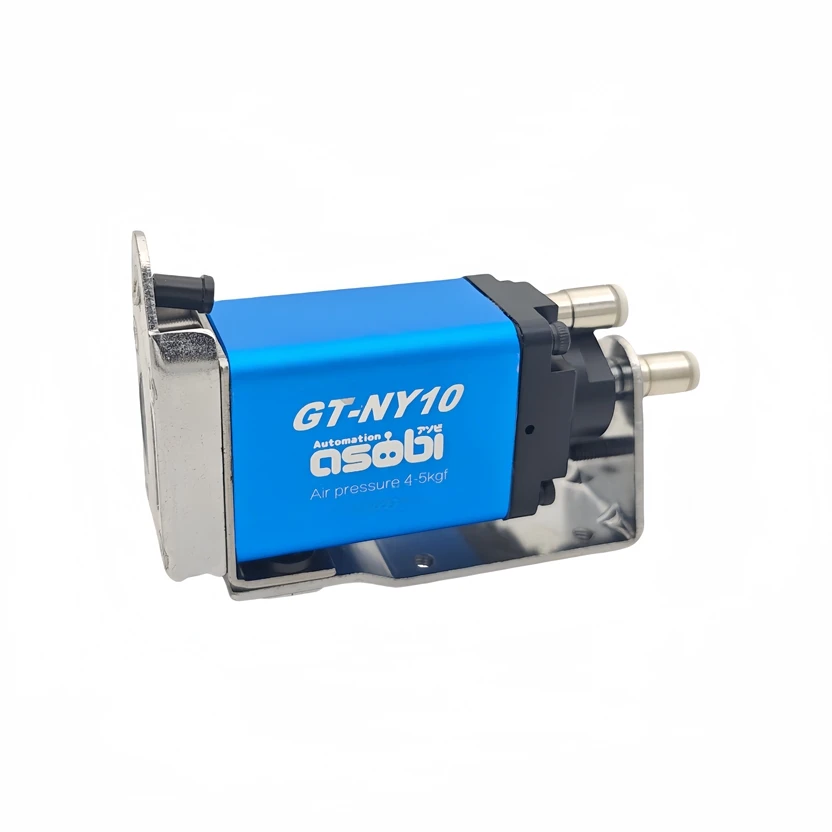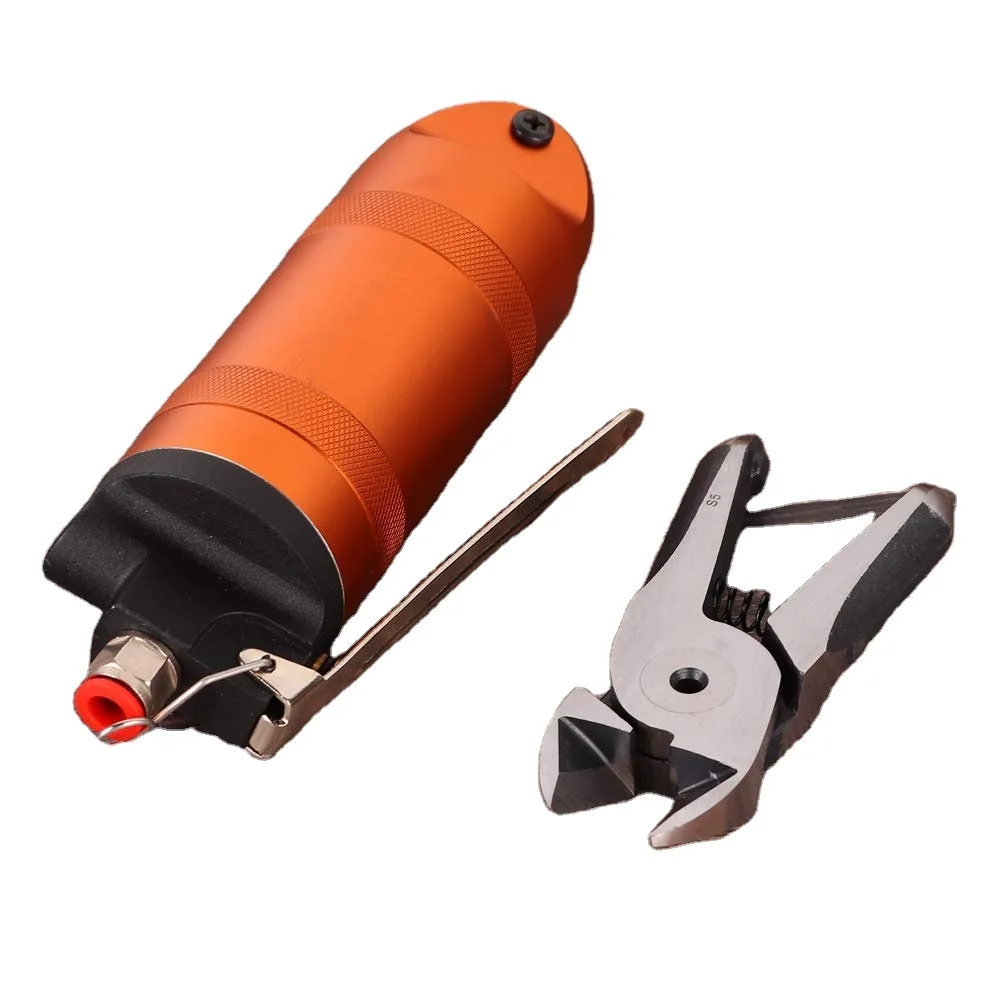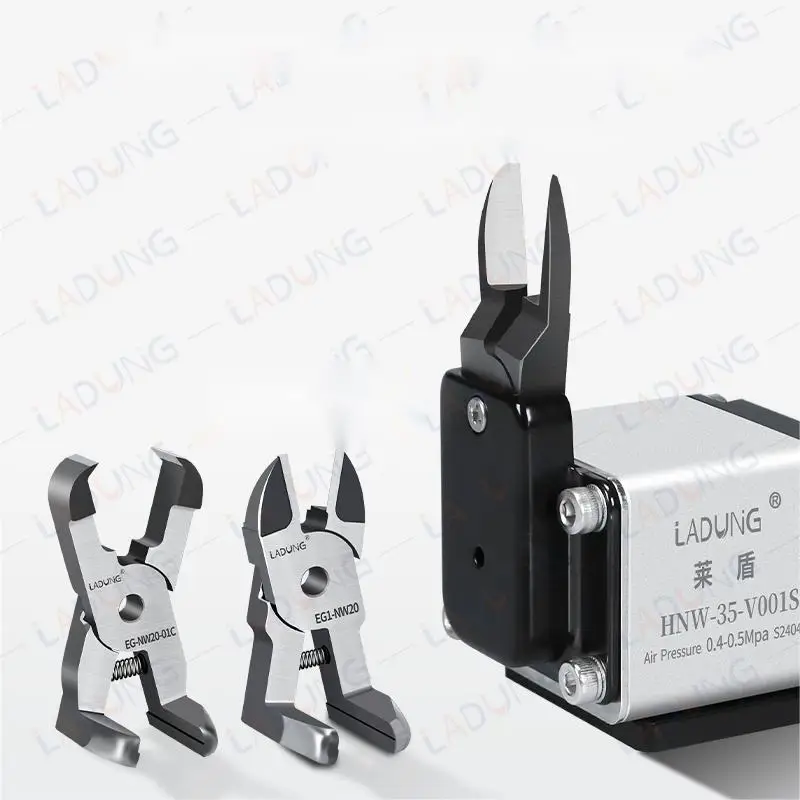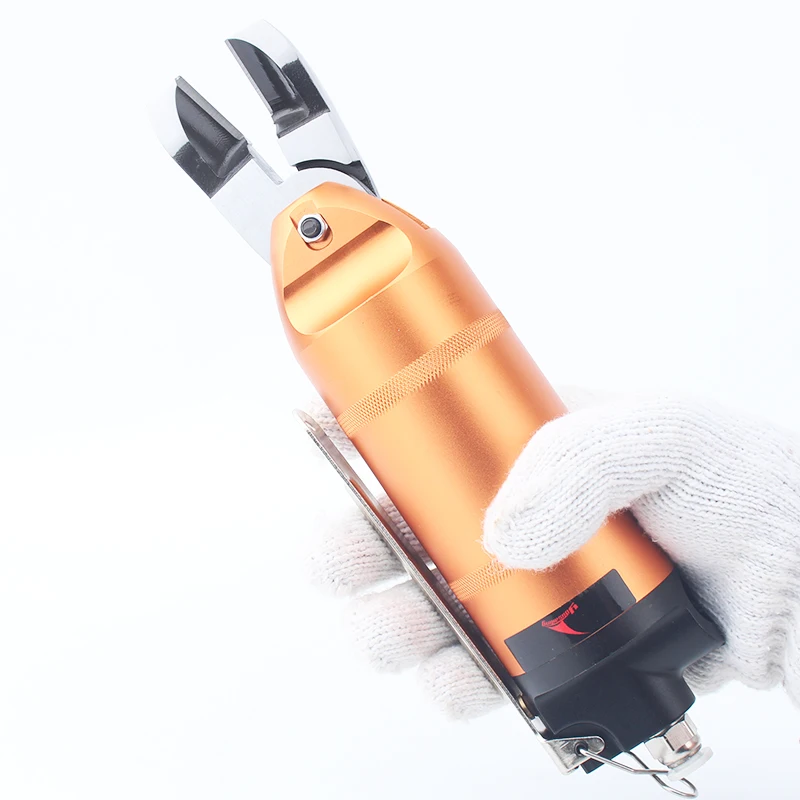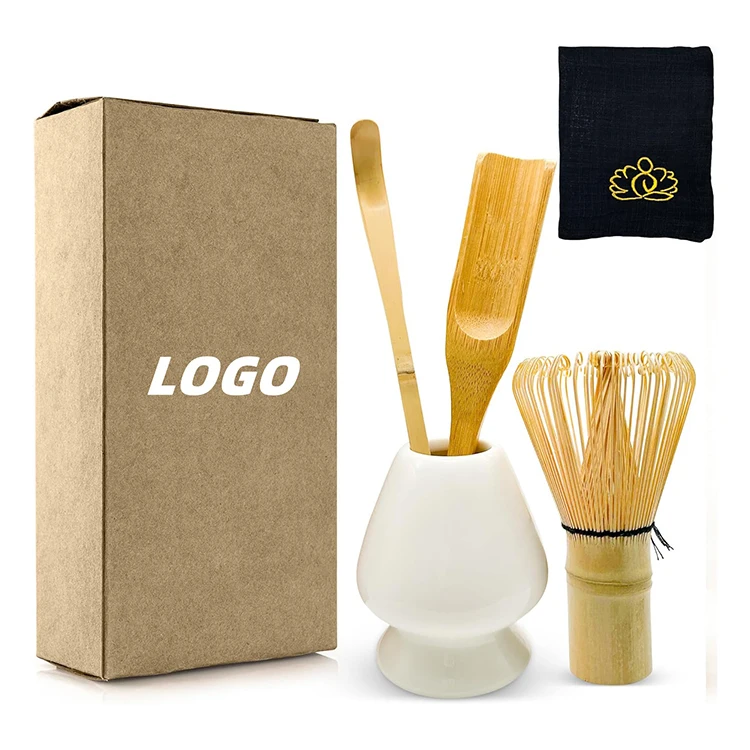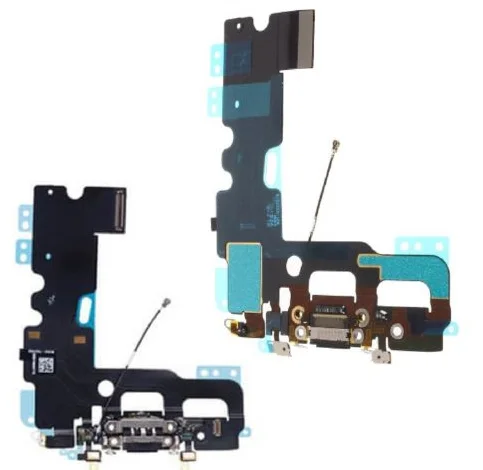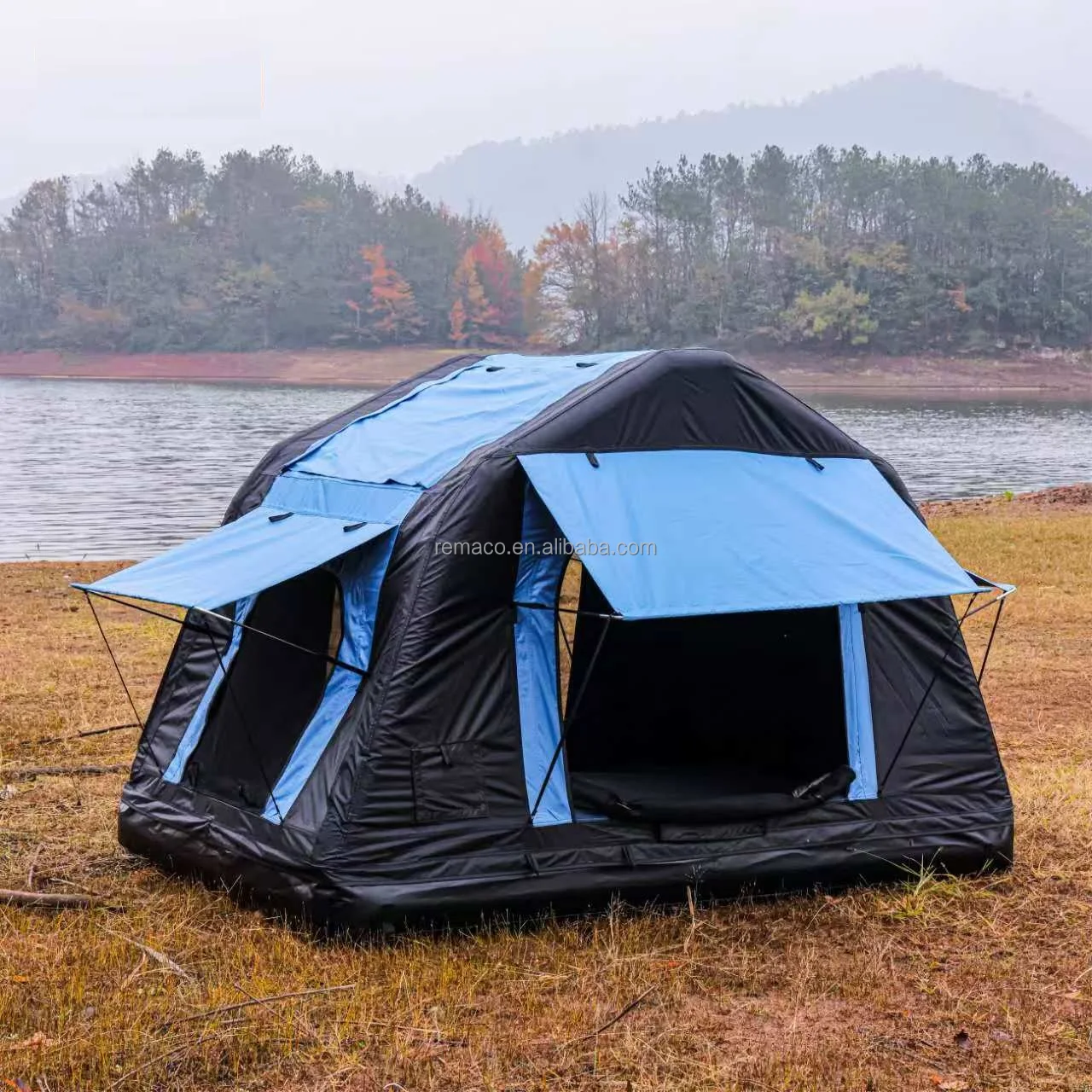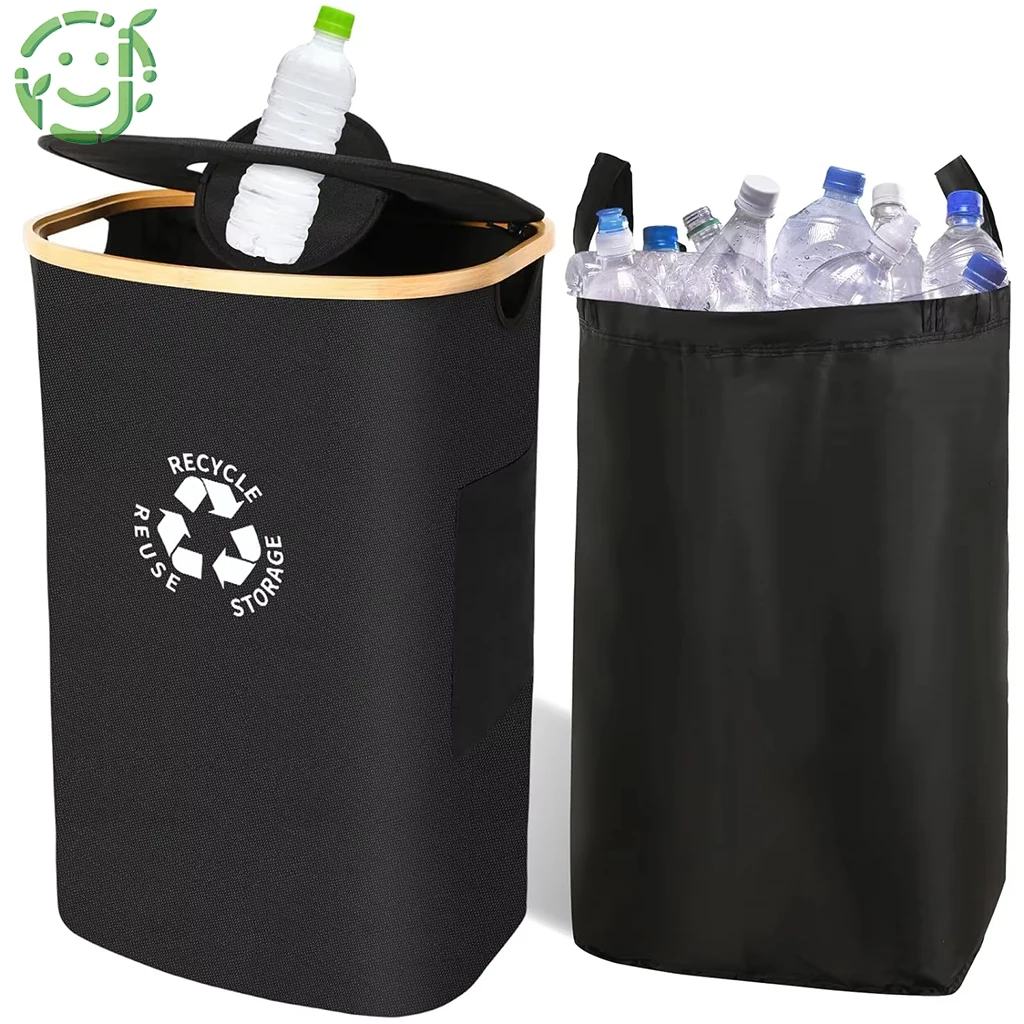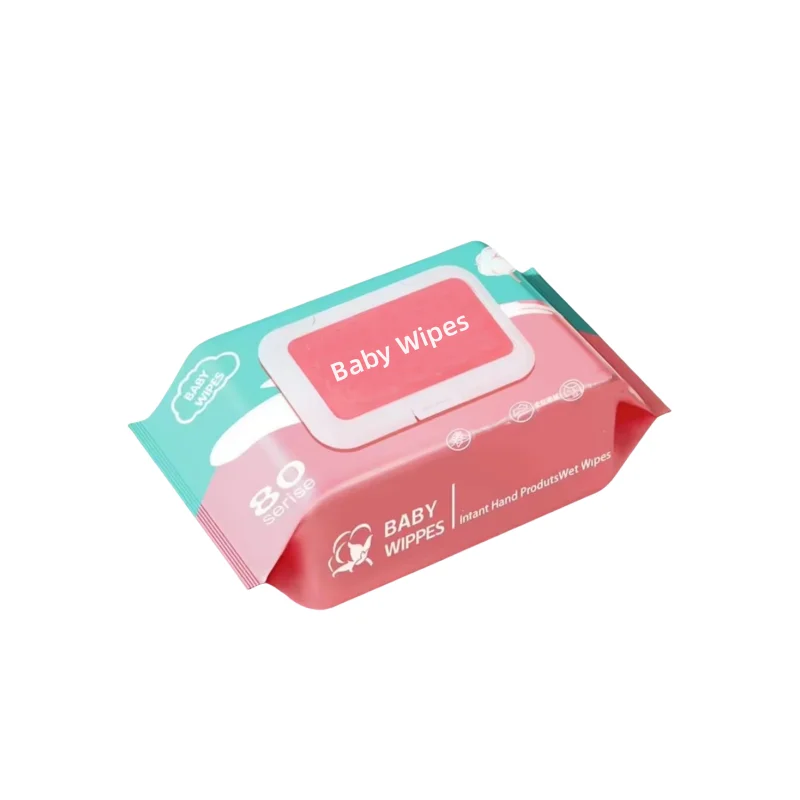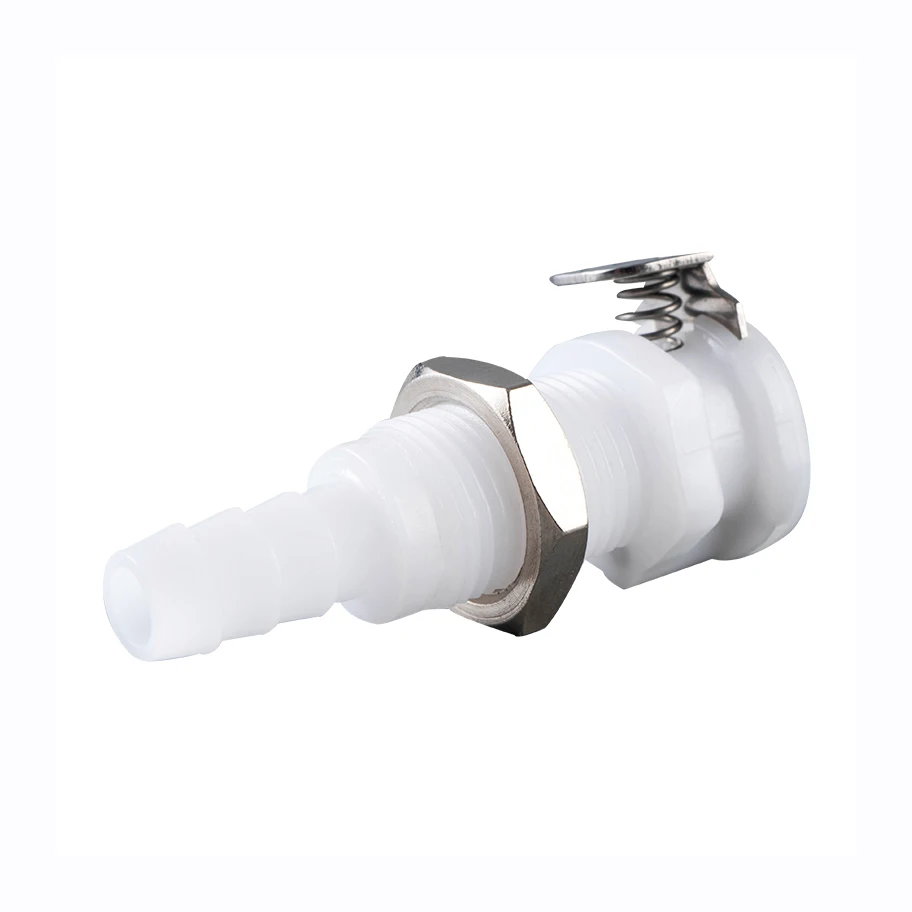Factory Direct Price Pneumatic Scissors For Quick And Precise Cutting In Manufacturing And Assembly Lines
- Category: >>>
- Supplier: Jm (foshan) Tech Co. Ltd.Jm Ltd.
Share on (1601292211971):
Product Overview
Description
Products Description
Why Choose Us
Product Classification
Company Profile
Our Advantages

Transportation

FAQ

1. How do I choose the right pneumatic tool for my application?
Choosing the right tool depends on the material you’re working with, the cut or grip strength needed, and the speed required for your process. For example:
- Air Nippers: Provide the thickness of plastic or small metal wires to recommend suitable model
- Scissors: Provide workpiece CAD for precise trimming designed.
- Grippers: Provide material type, dimension to recommend suitable model.
Consulting with Asobi pneumatic tool expert can ensure you get the best tool for your specific needs.
2. What types of EOAT solutions are available?
There’s a range of EOAT types, each suited for different tasks:
Mechanical Grippers - Vacuum Cups-Cutting Tools
Specialized EOATs: Can be custom-made to fit specific production requirements.
3. What are the benefits of pneumatic tools over electric tools?
Pneumatic tools are known for their:
- Durability: They have fewer moving parts, which generally means a longer lifespan and less maintenance.
- Power-to-Weight Ratio: They’re often more powerful and lighter than electric tools, reducing operator fatigue.
- Safety: Since they don’t produce sparks, they’re safer in flammable environments.
- Continuous Operation: They can operate for longer periods without overheating, making them ideal for industrial use.
4. How do I maintain my pneumatic tools?
Proper maintenance keeps tools performing well and extends their lifespan. Here are some tips:
- Regular Cleaning: Keep tools free of dust and debris.
- Lubrication: Oil moving parts regularly to reduce wear.
- Inspection: Check for air leaks, loose connections, and damaged parts.
- Pressure Checks: Ensure the air compressor is set to the correct pressure for your tool.
Following these steps can help prevent breakdowns and improve tool performance.
5. Can EOAT solutions be customized for unique applications?
Absolutely! Many EOAT providers offer custom solutions to match specific application requirements, whether it’s a unique gripping mechanism, material compatibility, or precise movement. Customizations may include specialized fingers for grippers, integrated sensors, and tailored size adjustments.
6. What air supply setup is needed for pneumatic tools?
You’ll need an air compressor that provides the required PSI (pounds per square inch) and CFM (cubic feet per minute) specified by the tool. Most tools have recommended pressure ratings, so ensure your compressor meets or slightly exceeds this to maintain optimal performance without overloading.
Choosing the right tool depends on the material you’re working with, the cut or grip strength needed, and the speed required for your process. For example:
- Air Nippers: Provide the thickness of plastic or small metal wires to recommend suitable model
- Scissors: Provide workpiece CAD for precise trimming designed.
- Grippers: Provide material type, dimension to recommend suitable model.
Consulting with Asobi pneumatic tool expert can ensure you get the best tool for your specific needs.
2. What types of EOAT solutions are available?
There’s a range of EOAT types, each suited for different tasks:
Mechanical Grippers - Vacuum Cups-Cutting Tools
Specialized EOATs: Can be custom-made to fit specific production requirements.
3. What are the benefits of pneumatic tools over electric tools?
Pneumatic tools are known for their:
- Durability: They have fewer moving parts, which generally means a longer lifespan and less maintenance.
- Power-to-Weight Ratio: They’re often more powerful and lighter than electric tools, reducing operator fatigue.
- Safety: Since they don’t produce sparks, they’re safer in flammable environments.
- Continuous Operation: They can operate for longer periods without overheating, making them ideal for industrial use.
4. How do I maintain my pneumatic tools?
Proper maintenance keeps tools performing well and extends their lifespan. Here are some tips:
- Regular Cleaning: Keep tools free of dust and debris.
- Lubrication: Oil moving parts regularly to reduce wear.
- Inspection: Check for air leaks, loose connections, and damaged parts.
- Pressure Checks: Ensure the air compressor is set to the correct pressure for your tool.
Following these steps can help prevent breakdowns and improve tool performance.
5. Can EOAT solutions be customized for unique applications?
Absolutely! Many EOAT providers offer custom solutions to match specific application requirements, whether it’s a unique gripping mechanism, material compatibility, or precise movement. Customizations may include specialized fingers for grippers, integrated sensors, and tailored size adjustments.
6. What air supply setup is needed for pneumatic tools?
You’ll need an air compressor that provides the required PSI (pounds per square inch) and CFM (cubic feet per minute) specified by the tool. Most tools have recommended pressure ratings, so ensure your compressor meets or slightly exceeds this to maintain optimal performance without overloading.
We Recommend
New Arrivals
New products from manufacturers at wholesale prices
